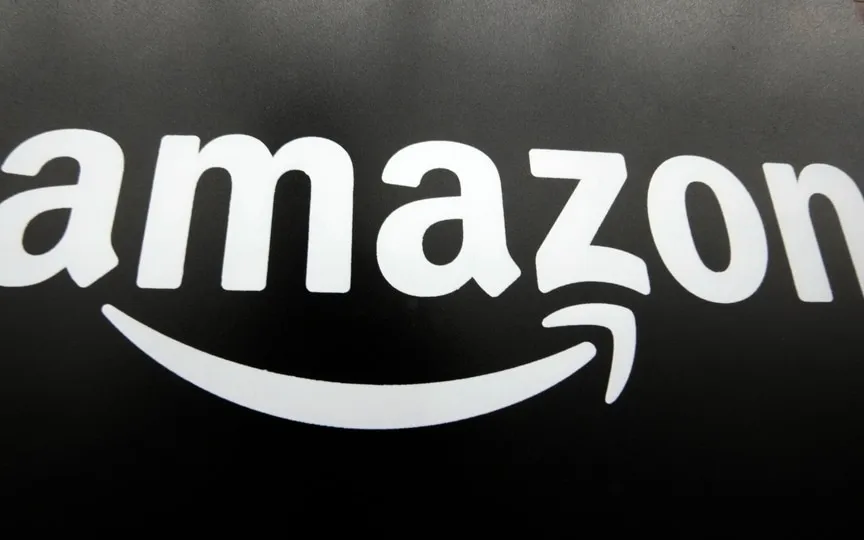Amazon’s AI Technology May Lead to Increased Waste Production
New York magazine’s criticism of Amazon, titled “The Junkification of Amazon,” was one of the most impactful negative articles the company has faced. The article accused Amazon of prioritizing growth over providing a satisfactory shopping experience for its customers.
It’s true that Amazon’s online shopping experience was marred by untrustworthy and untrustworthy third-party sellers, many of them fly-by-night brands—many of which are based in China—that didn’t consider quality, reliability, and in some cases, security. With its massive scale, Amazon had developed a tumor-causing trust problem.
I was reminded of an article this week when I learned about a new initiative that Amazon is working on to allow its sellers to use artificial intelligence to create fake “lifestyle” photos of products. The tool, which is currently in beta, takes a boring (real) picture of a seller’s product – like a toaster, for example – and makes a more interesting picture in seconds. Maybe the toaster is now on the kitchen counter next to the delicious looking croissants. The images can then be used in advertising spots on Amazon’s website.
Advertising has become better-margined than Amazon’s core business, and has become a critical profit center for Amazon at a time when investors are pressuring the company to increase revenue. In the last quarter, as reported late Thursday, advertising was the fastest-growing segment of Amazon’s entire business. Ads have generated $32 billion in revenue this year.
Crucially, unlike some other digital ad players, Amazon said it wasn’t worried about political instability affecting overall ad sales because while it lost some “top channel” ads — like TV spots on Prime Video — it had no such problem . “further in the funnel” its store-sponsored slot sales.(1) These AI tools are designed to generate even more ad revenue by helping advertisers create more ads faster without having to take a real picture. “CTR can be 40% higher than ads with standard product images,” Amazon said in a press release.
The motivation of Amazon and advertisers is clear. However, for the Amazon shopper, the introduction of generative AI feels like a further erosion of trust. The company disputes this notion – with reasons I’ll get to in a moment – but this is because it would lead to more misinformation about the quality of the products and the honesty of the seller selling to buyers.
Obviously, Amazon is not like a traditional store. You cannot use your own judgment about the quality of products by seeing and touching them in person. Instead, you have to rely on imperfect clues: Will it come from a brand I trust? Have many others bought it? Are the reviews good? Over time, Amazon has allowed all of these signals to become messy: brands are often completely unknown, sellers can pay to make their products appear more popular, and the review system has long been abused.
Generative AI removes more clues. One way Amazon’s quality products stand out from the cheap junk is that the obscure photoshop makes it obvious. A fake lifestyle photo gives the impression of a more professional outfit, but a seller who can afford to market their product properly – with real pictures – and has made the effort to do so, is the seller who is better than me.
Another tool Amazon now offers creates product descriptions with artificial intelligence. This development makes it difficult to spot a low-quality product – poorly written descriptions in English were a good clue of a bad product. Artificial intelligence cleans them in no time.
Amazon emphasized to me that the use of AI-generated lifestyle images is limited to ad placements, not product pages. I make no ethical distinction about it. The company added that it has a robust monitoring process for advertising, but would not say what specific additional measures it had put in place to ensure that the AI tool is not used to create an unfair impression regardless of the product. . It claimed that because the products themselves are real and only the surrounding scene is created by AI, customers can be confident that they’re getting what they paid for (and that they have a good return policy if they don’t).
This feels like the start of quite a slippery slope. The examples presented by Amazon do not say that artificial intelligence is used. Amazon told me it’s still considering applying the markup, but it should have been up on day one.
Amazon founder Jeff Bezos liked to say that the company’s guiding principle was to always do what was best for the customer experience. But features like these make me wonder which “customer” Amazon cares about more? The growing importance of the advertising business in maintaining Amazon’s bottom line means that the company is starting to behave like other ad-dependent tech giants whose customers are not you or me, but companies with marketing budgets. A consumer concession would be for Amazon to require every image in the store to be authentic and use artificial intelligence to detect and remove any fakes. They really shouldn’t encourage it because it’s just more garbage.
(1) Those who accuse Amazon of anti-competitive behavior say it’s because Amazon gives them no choice but to buy ads if they want their product to have a realistic chance of being seen.
This column does not necessarily reflect the opinion of the editorial board or of Bloomberg LP and its owners.
Dave Lee is a US technology columnist for Bloomberg Opinion. He was previously a correspondent for the Financial Times and BBC News.




